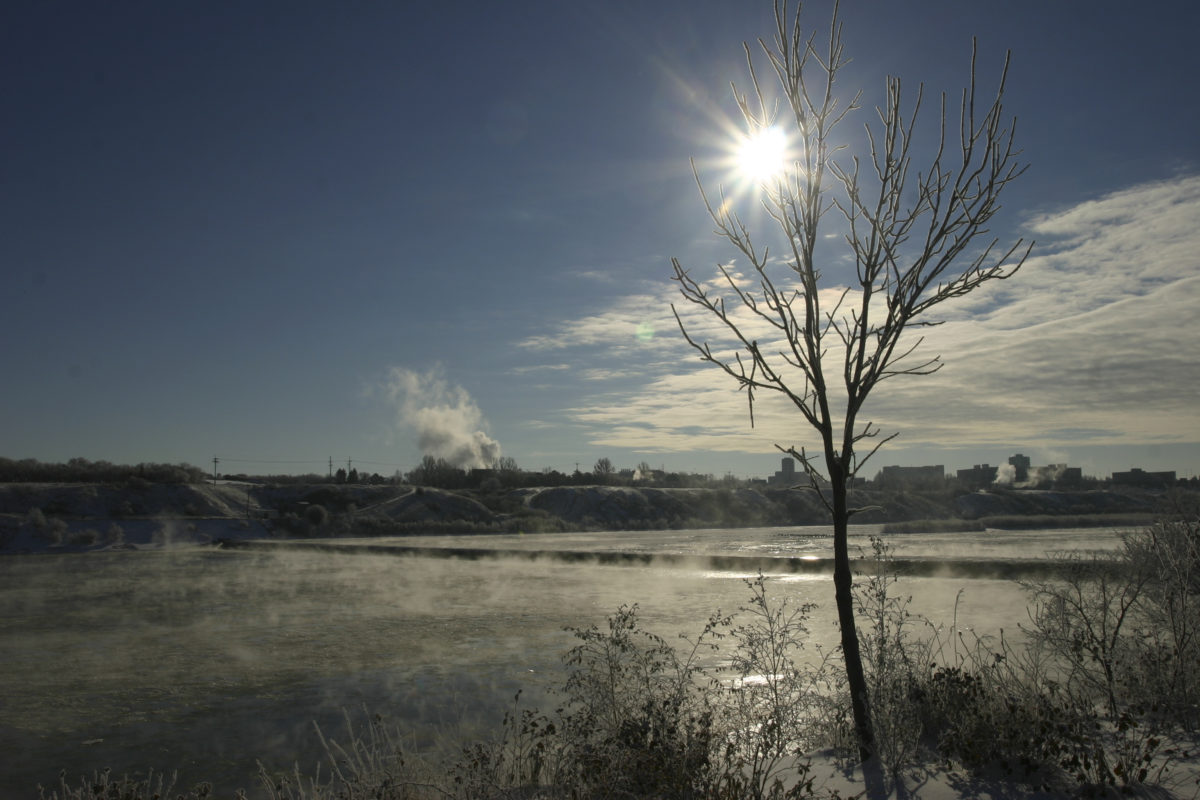Canadian utility SaskPower has announced it is accepting proposals for a 10 MW solar project in the province of Saskatchewan.
The company said it is moving forward with the request for proposal phase of the competition, having finalized the request for qualification step, which attracted 22 applications from 13 pre-qualified developers.
The site for the project has not yet been identified and developers are being asked to suggest a location for each application submitted. Each site identified will go through an environmental pre screening process, said SaskPower.
Pre-selected developers have until mid-October to submit project proposals. “This is the next step toward fulfilling SaskPower’s commitment to add 60 MW of solar power to the provincial electricity grid by 2021,” said SaskPower president and CEO Mike Marsh. “In addition to the current solar power generation opportunities for independent power producers, we will continue to pursue partnerships with the First Nations Power Authority as well as community-driven projects.”
High power prices
The utility finalized the tender for its first 10 MW solar park in mid-June. For that plant, the company has identified a site near Swift Current in the rural municipality of Coulee. The facility is expected to begin commercial operations next year.
Popular content
According to a recent report published by the Canadian National Energy Board – Economics of Solar Power in Canada – the province of Saskatchewan is one of the most promising of Canada’s regions for solar energy development, due to its high power prices.
“Currently, solar break-evens are less than residential electricity prices in most places in Prince Edward Island and Saskatchewan,” the authors of the report noted. “This means that homeowners in most places there could expect to save money by installing solar.”
The authors of the study added, using solar may be a profitable option for communities as well as for commercial and industrial customers. “As installation costs fall, it makes financial sense to install utility scale solar in most places in Prince Edward Island, Nova Scotia, New Brunswick, Saskatchewan and some of British Columbia, whether trackers are installed or not,” the researchers wrote.
Saskatchewan gets 20% of its power from hydroelectric generation and 5% from 220 MW of wind power capacity. A further 207 MW of wind projects are under development and could enable the technology to contribute 10% of the province’s electricity next year.
This content is protected by copyright and may not be reused. If you want to cooperate with us and would like to reuse some of our content, please contact: editors@pv-magazine.com.



By submitting this form you agree to pv magazine using your data for the purposes of publishing your comment.
Your personal data will only be disclosed or otherwise transmitted to third parties for the purposes of spam filtering or if this is necessary for technical maintenance of the website. Any other transfer to third parties will not take place unless this is justified on the basis of applicable data protection regulations or if pv magazine is legally obliged to do so.
You may revoke this consent at any time with effect for the future, in which case your personal data will be deleted immediately. Otherwise, your data will be deleted if pv magazine has processed your request or the purpose of data storage is fulfilled.
Further information on data privacy can be found in our Data Protection Policy.